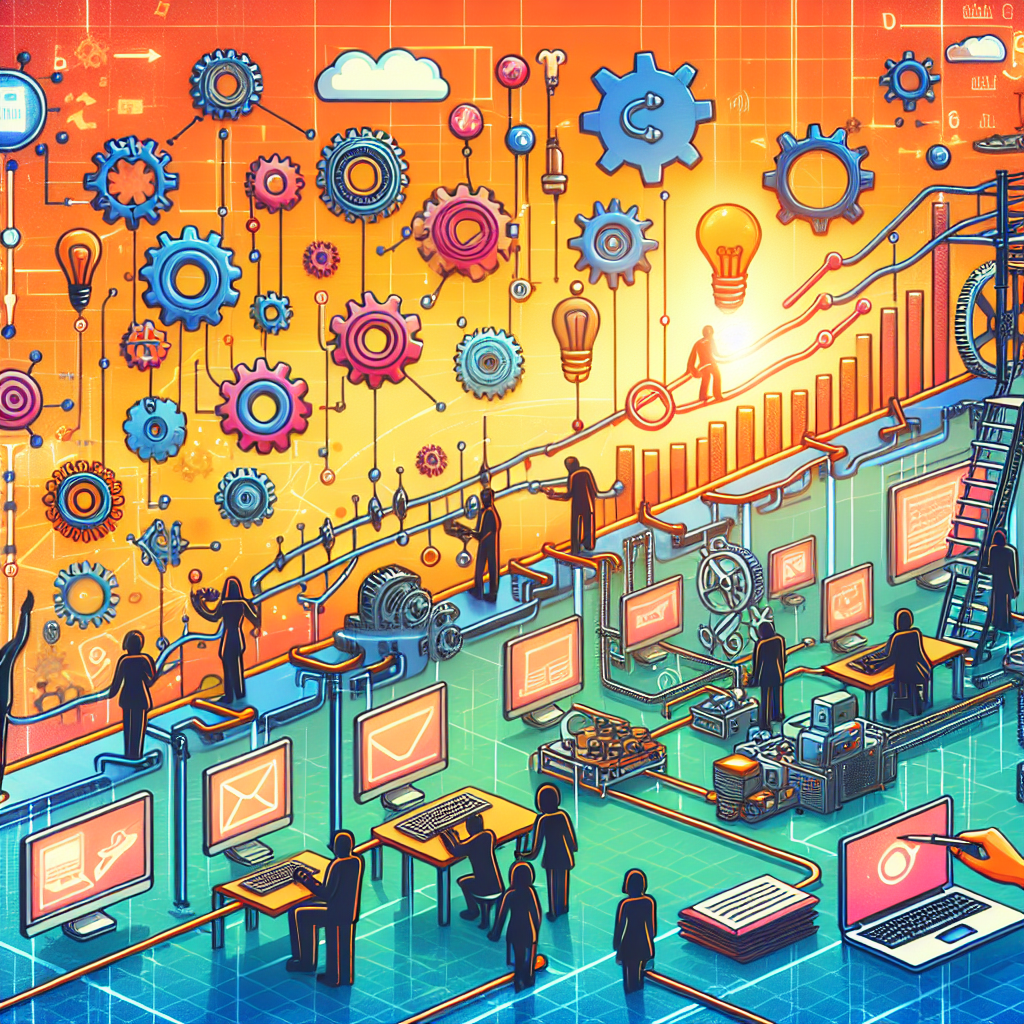Introduction
In today’s rapidly evolving digital landscape, the terms “content pipelines” and “content workflows” have gained significant importance. Both concepts, although distinct, provide crucial frameworks for creating, managing, and distributing content efficiently. From media companies to educational institutions, these processes are indispensable in ensuring content is delivered seamlessly and effectively. It is my firm belief that understanding and implementing robust content pipelines and workflows can dramatically enhance productivity and content quality. The relevance of this topic has been amplified by the recent surge in digital content consumption, driven by the COVID-19 pandemic and the increasing reliance on remote collaboration tools. This discussion targets content creators, project managers, and businesses aiming to optimize their content delivery processes.
Main Points
- The Essence of Content Pipelines
- Content pipelines refer to the end-to-end process by which content is produced, refined, and ultimately published. Think of it as an assembly line where each piece of content moves through various stages – from ideation to publication. A well-designed pipeline includes clear stages, roles, and responsibilities to ensure smooth progression and mitigate bottlenecks. Evidence suggests that companies with streamlined content pipelines report higher efficiency and reduced production time. For example, a study by Content Marketing Institute revealed that organizations with documented workflows are three times more likely to be effective in their content marketing efforts. For more insights, read this article on Content Pipelines and Workflows Explained.
- The Role of Content Workflows
- Content workflows, on the other hand, focus on the specific steps and tasks within each stage of the pipeline. They are the detailed, actionable sequences that ensure every aspect of content creation is completed methodically. Workflows can encompass anything from drafting and editing to approval and distribution. By breaking down processes into manageable steps, content workflows help maintain consistency and quality. A real-world case is the BBC, which uses detailed content workflows to manage the production of its vast array of digital content, ensuring accuracy and coherence across platforms.
- Integration and Automation
- The integration of tools and automation within content pipelines and workflows has become a game changer. Platforms like Trello and Slack have become indispensable in managing tasks and communication, which are critical for remote teams. Automated workflows reduce manual effort, allowing content creators to focus more on strategy and creativity. According to a report by McKinsey, companies leveraging automation in their workflows see a 20-25% boost in productivity. For detailed information, you may find this resource on Efficient Content Management: Pipelines and Workflows Explained useful.
There is a school of thought that posits content pipelines may stifle creativity by enforcing too rigid a structure. Critics argue that the creative process is inherently flexible and cannot be confined to rigid stages. While this is a valid concern, it is important to recognize that content pipelines and workflows are not about restricting creativity but about providing a scaffold that supports it. By automating repetitive tasks, such systems can actually free up more time for creative pursuits. Moreover, without structure, many creative ideas may flounder or get lost in the shuffle. Therefore, it’s essential to strike a balance between structure and flexibility, allowing room for creative inspiration while maintaining an organized production flow.
Conclusion
To sum up, content pipelines and content workflows are fundamental to the efficient production and distribution of digital content. They offer a structured approach that enhances productivity, ensures quality and consistency, and frees up creative resources. The significance of adopting these processes cannot be overstated, particularly in today’s fast-paced digital environment. Businesses and content creators who leverage these tools are better equipped to meet the demands of their audiences and maintain a competitive edge. I encourage all content stakeholders to consider integrating sophisticated content pipelines and workflows into their operations.
If you haven’t already, it’s time to audit your current content processes and identify areas where pipelines and workflows can be introduced or improved. Experiment with automation tools and project management platforms that can streamline your content operations. I’d love to hear your experiences and thoughts on this topic, so please feel free to share your comments and join the discussion. Together, we can explore ways to make content creation more efficient and rewarding.
Related Posts:
Optimizing Content Creation: Pipelines and Workflows (99.08% match)
Efficient Content Management: Pipelines and Workflows Explained (98.04% match)
Content Pipelines and Workflows Explained (97.92% match)
